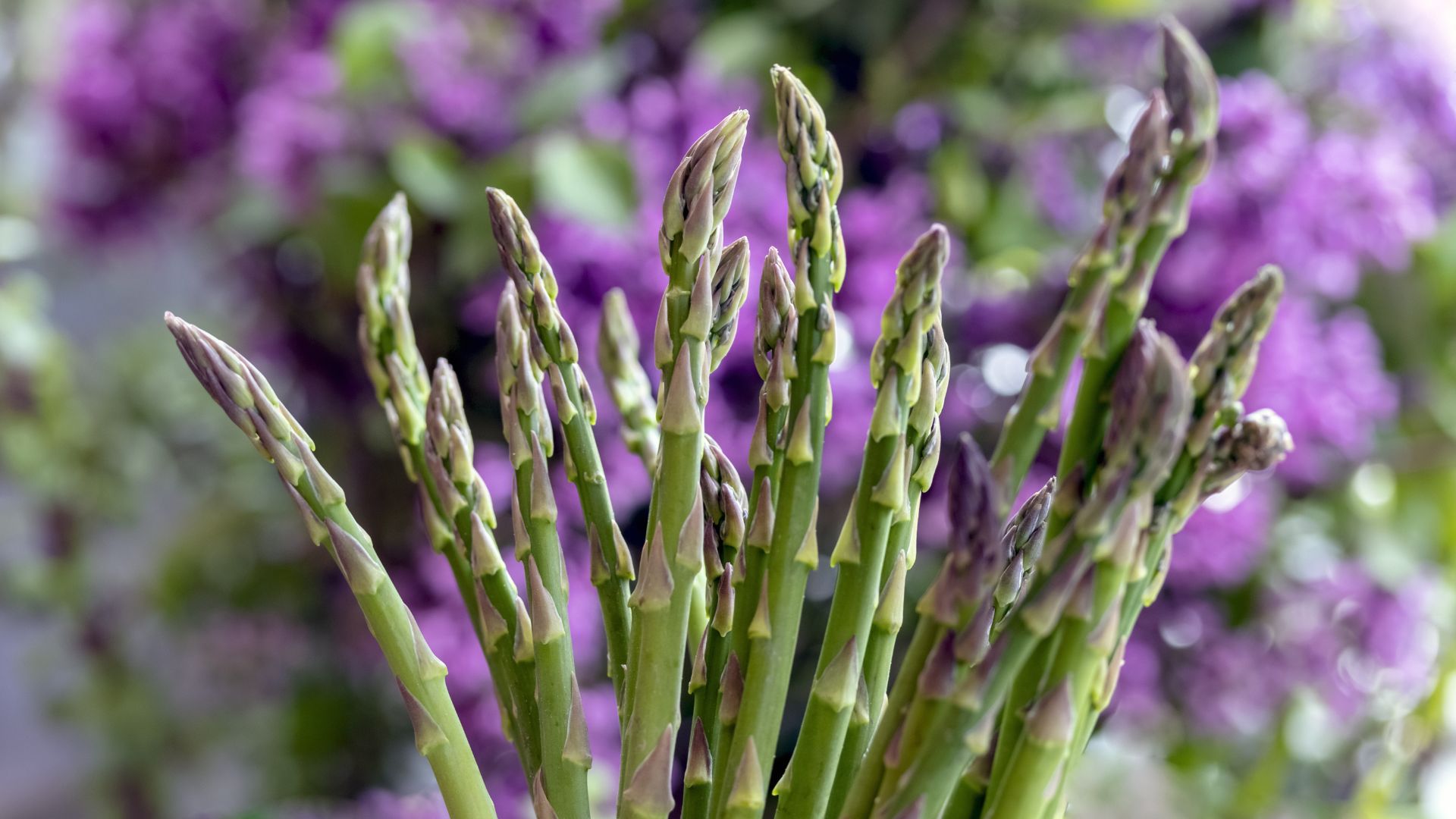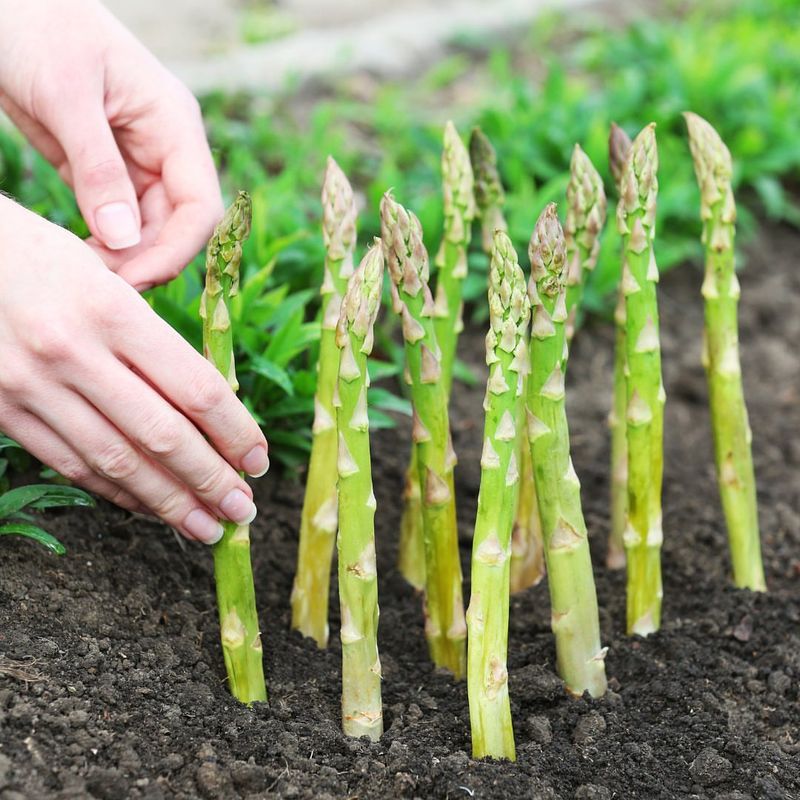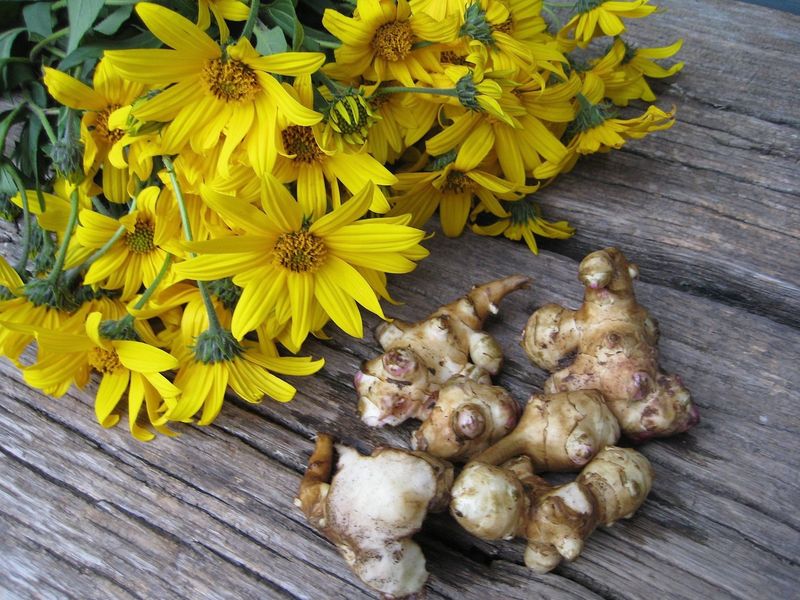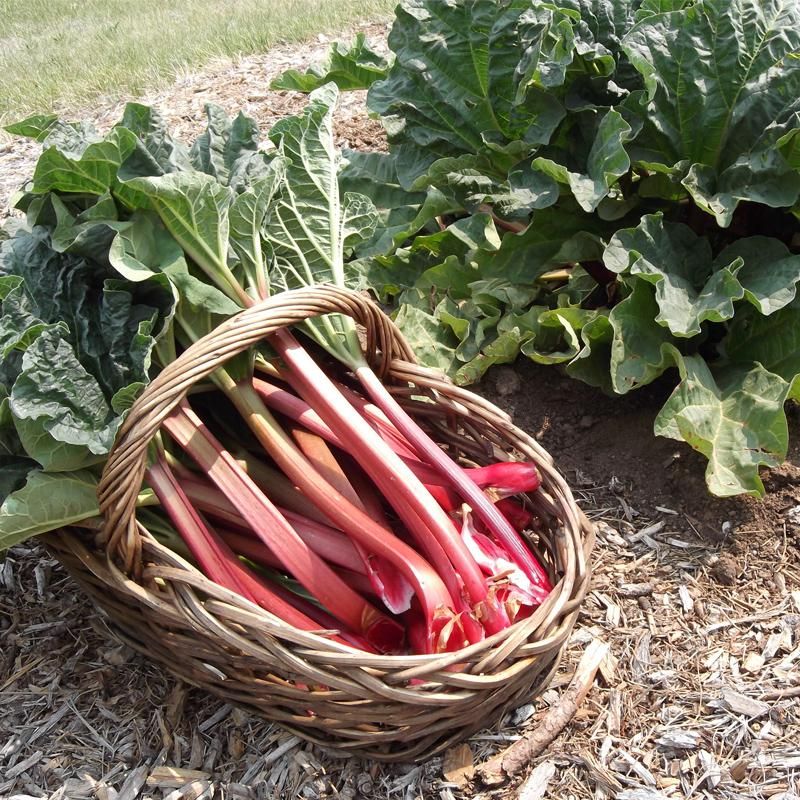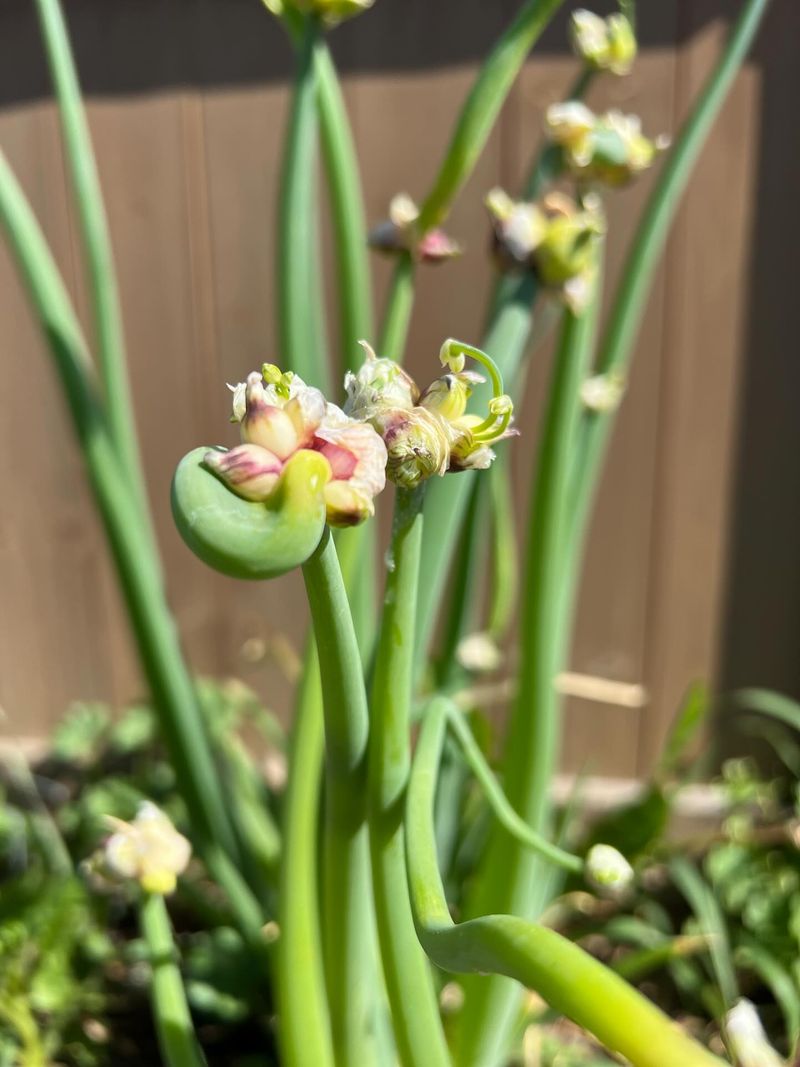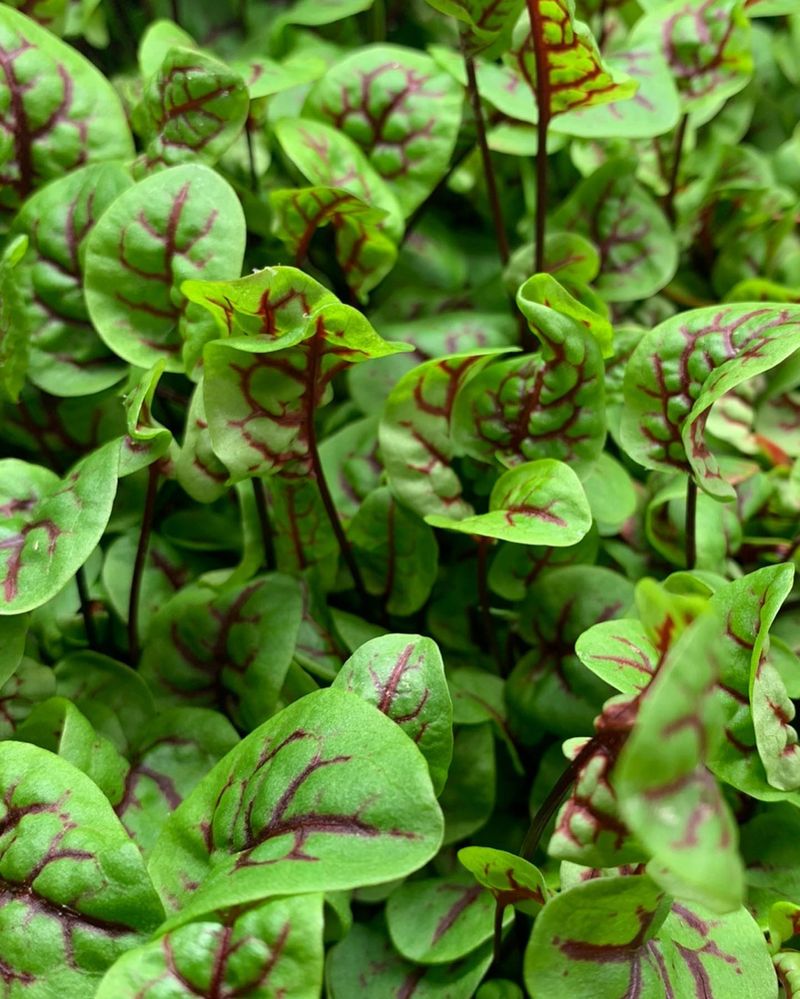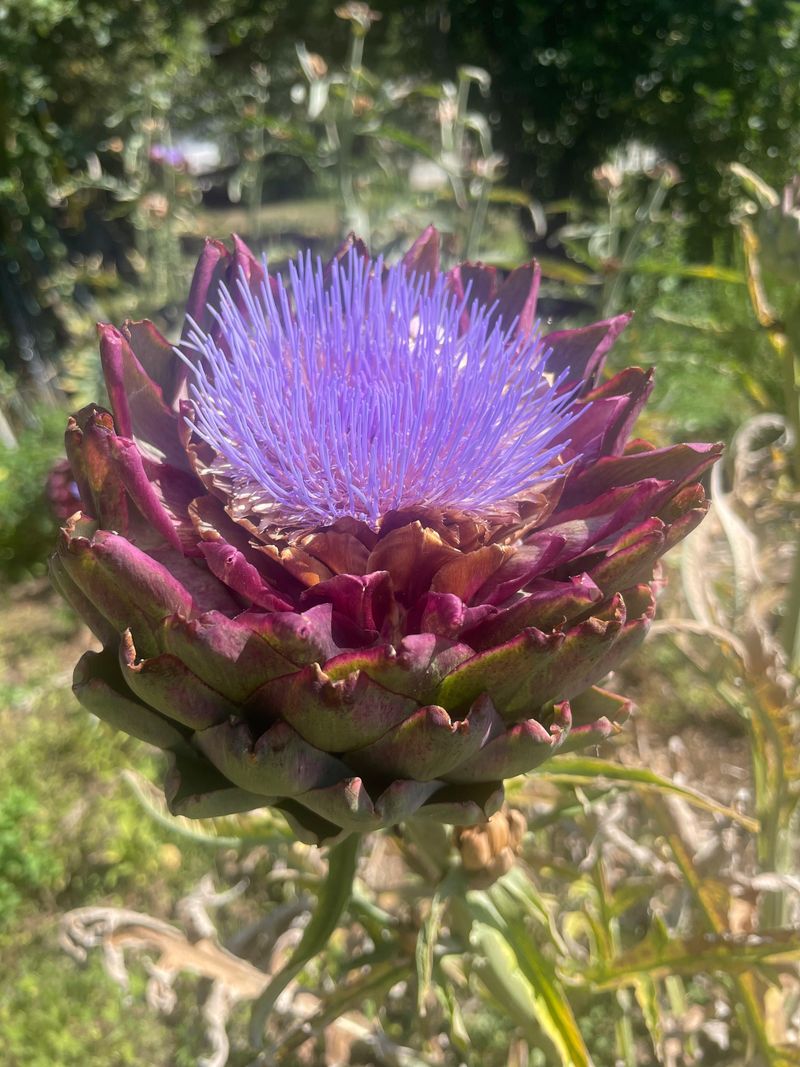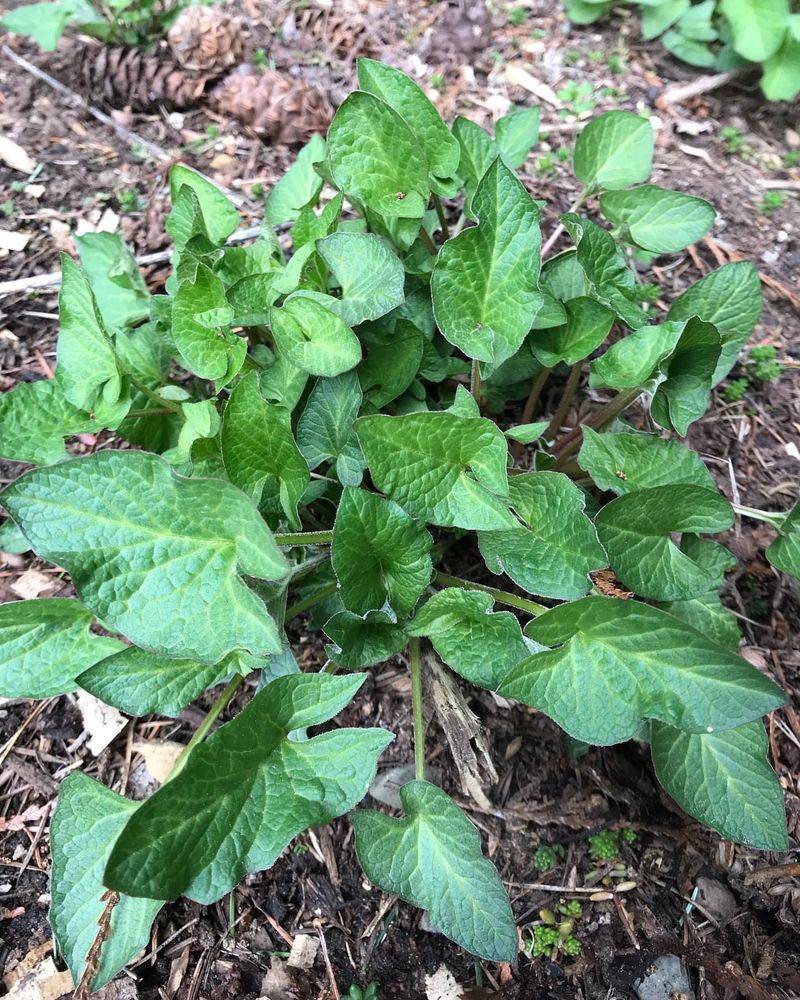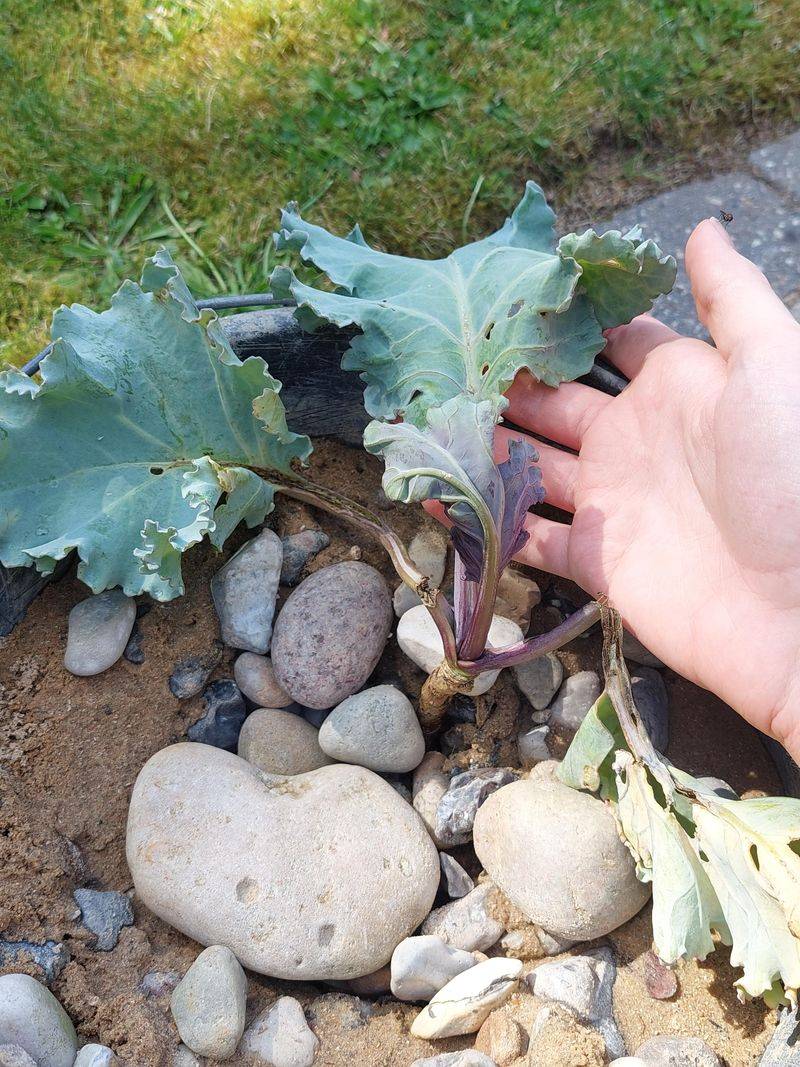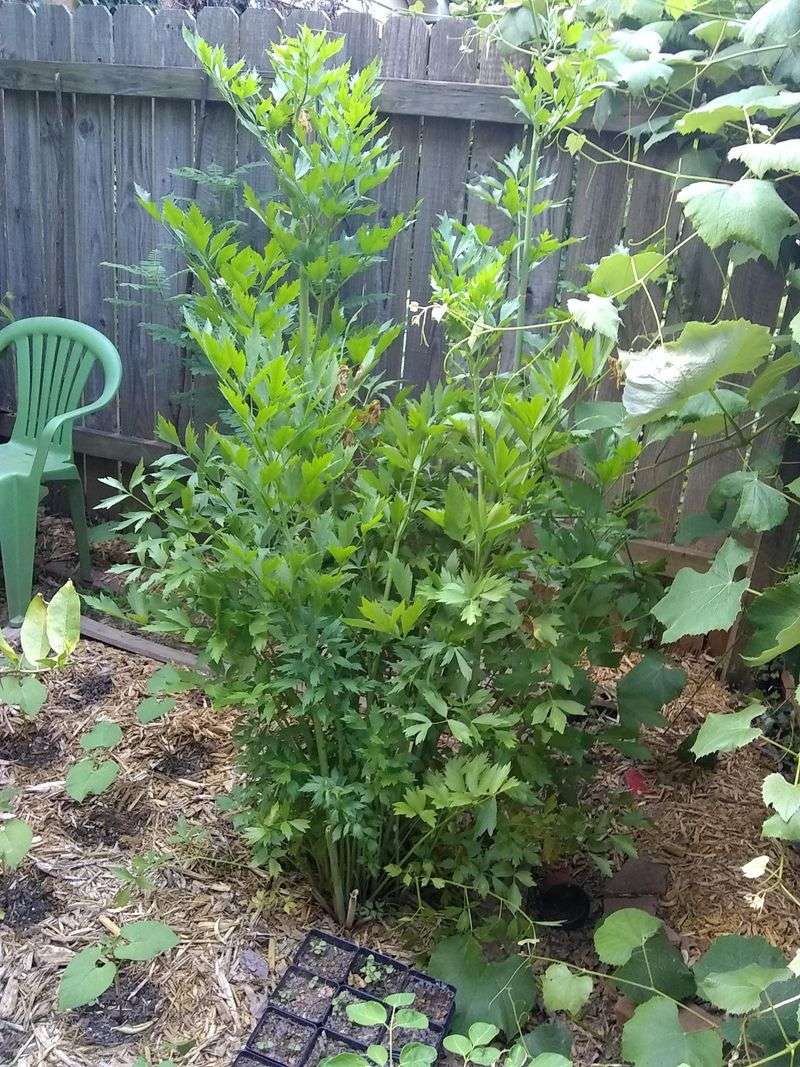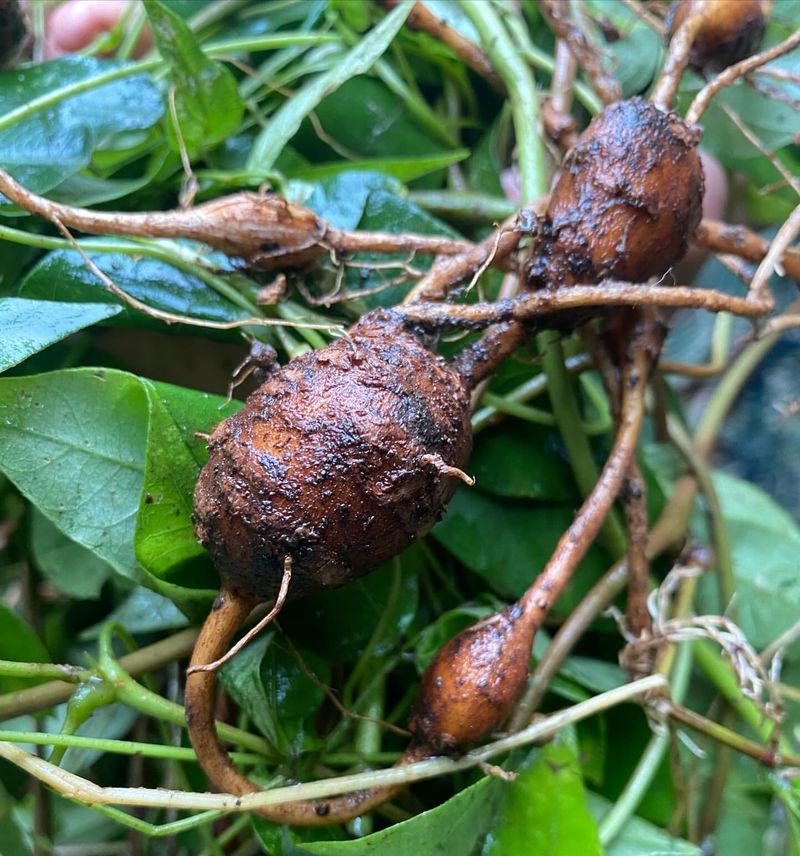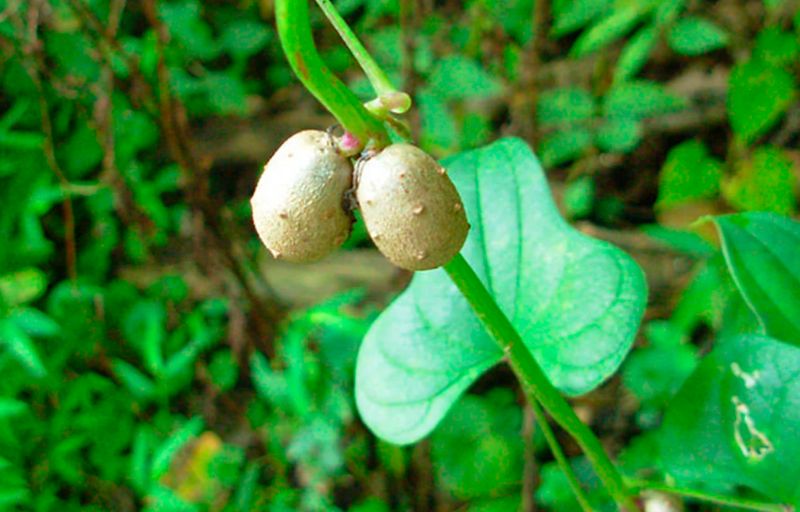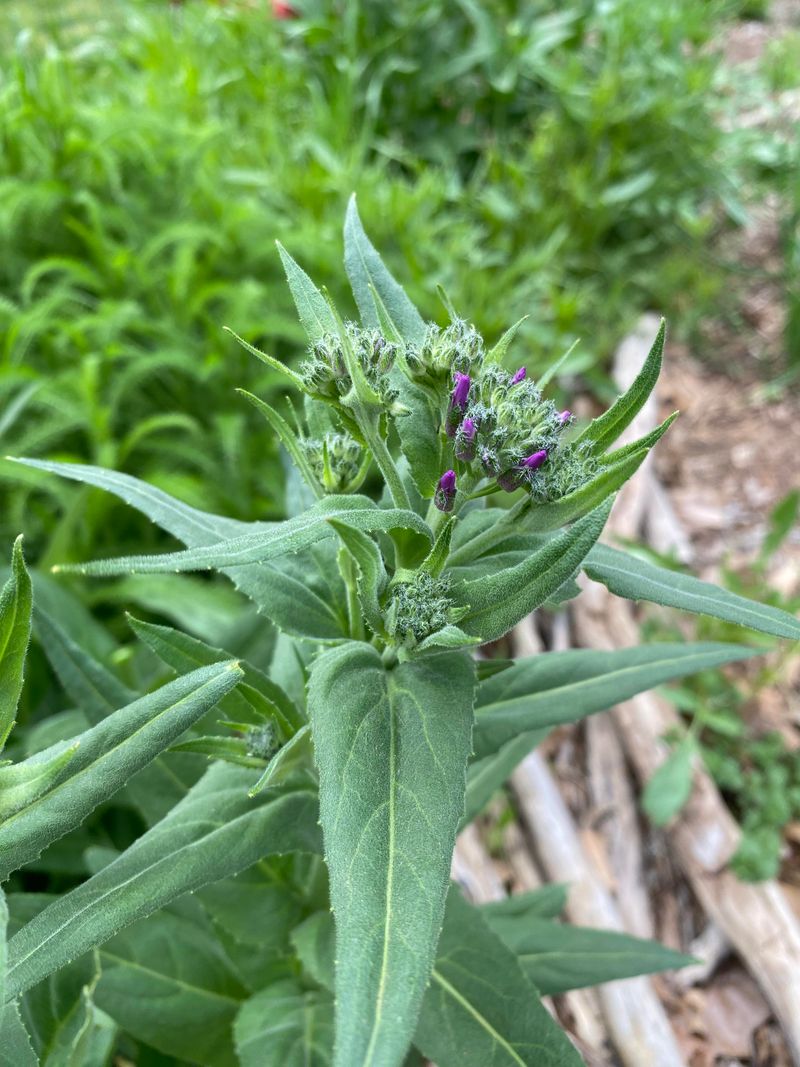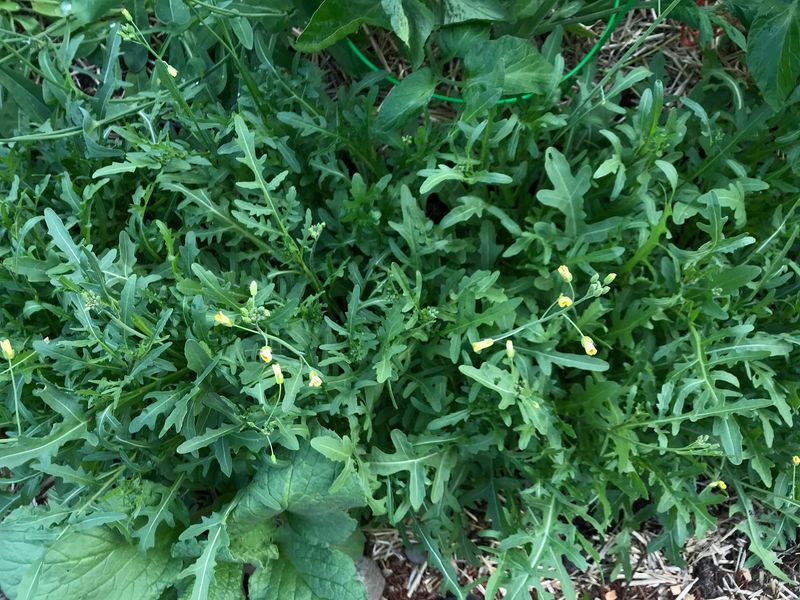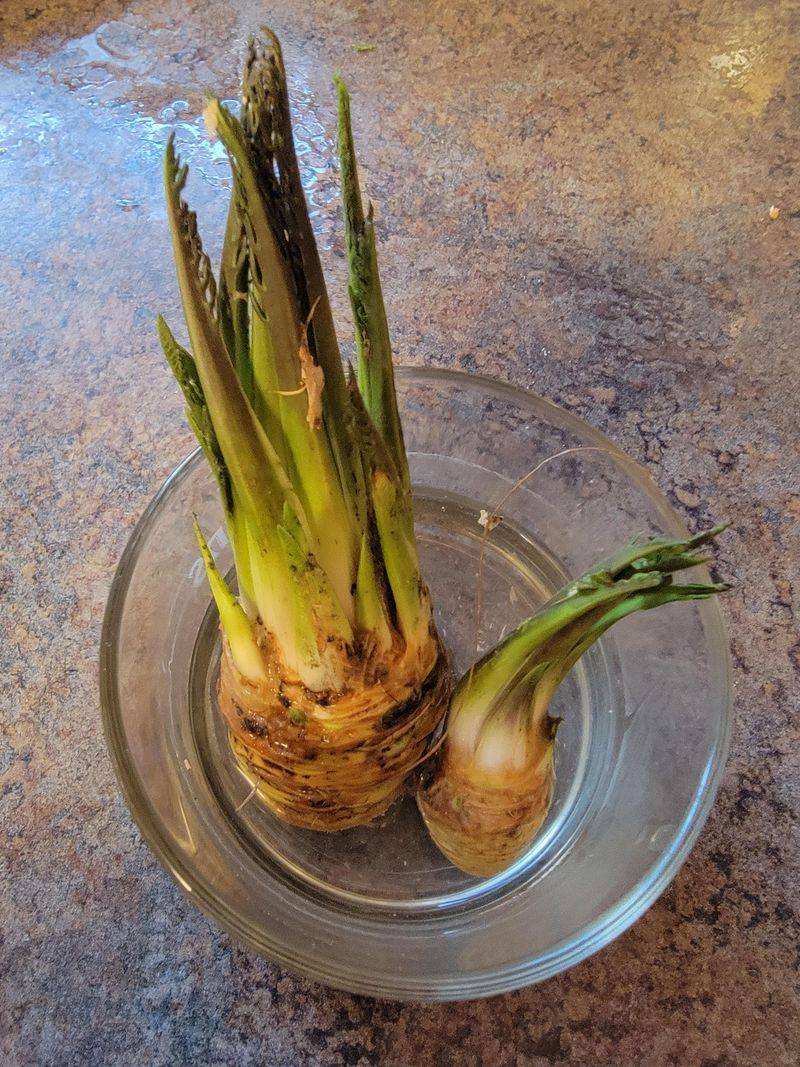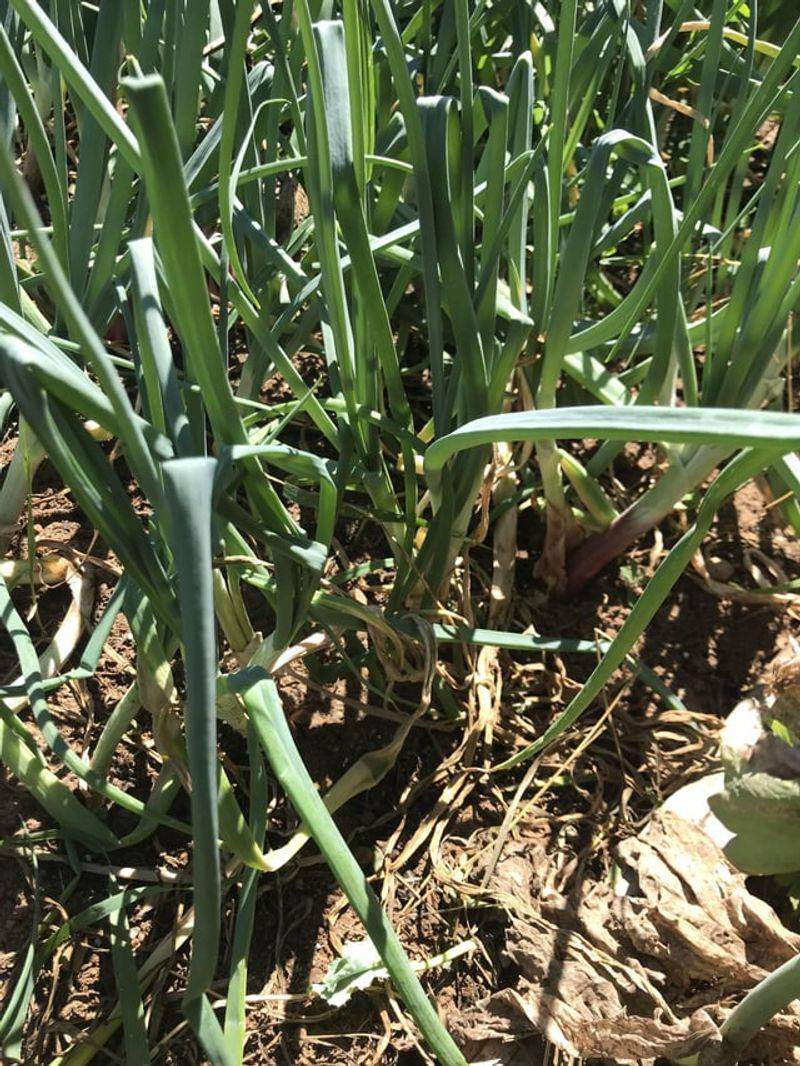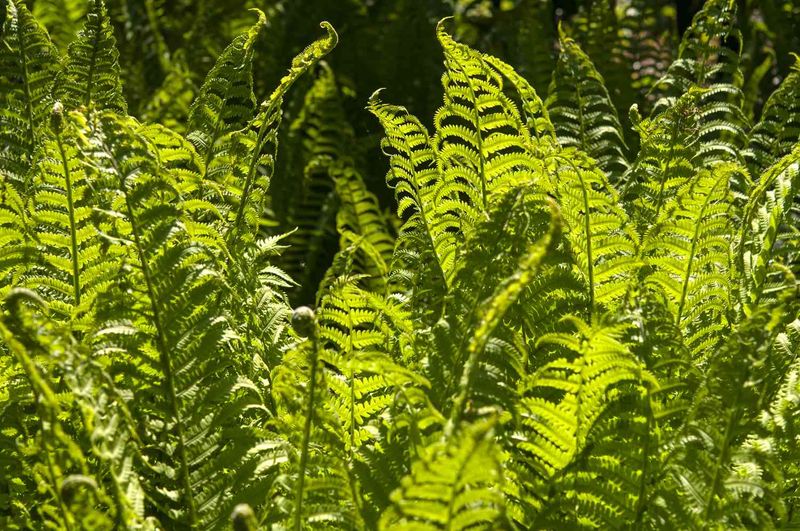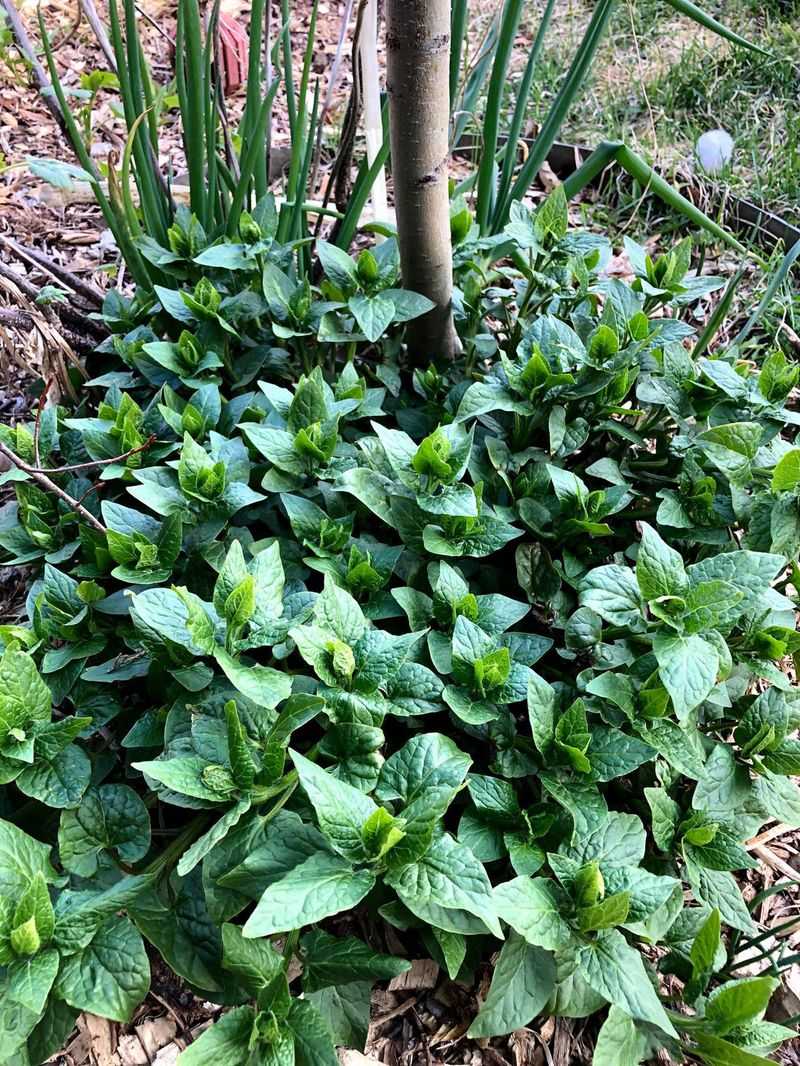Growing perennial vegetables is a savvy move for gardeners who want lasting results with less effort. These plants return every year without the hassle of replanting, making your garden feel more like a reliable food source than a weekend project.
Perennials also help improve soil over time and create a stable growing environment. While they take a little planning up front, they reward you with consistent harvests and lower maintenance season after season.
With these long-lived veggies in place, you’ll spend less time digging and more time enjoying fresh, flavorful food—straight from your garden, year after year. It’s sustainability that tastes as good as it looks.
1. Asparagus
Once established, asparagus patches can produce tender spears for up to 20 years! The first two years require patience as you allow the plants to develop strong root systems without harvesting.
Spring brings the reward of daily harvests that last several weeks. The ferny foliage that follows provides beautiful greenery throughout summer, adding ornamental value to your garden beds.
Plant asparagus crowns in trenches and gradually fill in soil as they grow. They prefer sunny spots with good drainage and benefit from yearly compost applications to fuel their long-productive lives.
2. Jerusalem Artichoke
Related to sunflowers rather than artichokes, these plants produce nutty, crunchy tubers that taste similar to water chestnuts. Standing tall at 6-10 feet, they create beautiful yellow blooms in late summer before harvest time.
Harvesting happens after frost when the starches convert to sugars, improving flavor. Leave a few tubers in the ground and they’ll regrow next season—sometimes too enthusiastically if not contained!
Many gardeners dedicate a separate bed for these vigorous plants. Their aggressive growth makes them perfect for creating privacy screens or windbreaks while providing food.
3. Rhubarb
Those gorgeous ruby stalks emerge early each spring, often when little else is ready in the garden. The large, dramatic leaves create bold texture in landscape plantings while the edible stalks provide tangy flavor for pies, jams and sauces.
A single rhubarb plant can thrive for decades with minimal care. After planting, resist harvesting for the first year, then enjoy modest pickings in year two, and full harvests from year three onward.
Choose a permanent spot with rich soil and full sun. Divide congested plants every 5-10 years to maintain vigor and share with friends—each division becomes a new productive plant.
4. Egyptian Walking Onion
Nature’s oddity that literally plants itself! Instead of flowers, these unusual onions produce topsets (tiny bulbs) at the stalk tips. When heavy enough, the stalks bend to the ground, allowing bulblets to root—hence the “walking” name.
All parts are edible at different stages. Green stems work like scallions, while the underground bulbs offer stronger flavor. The topsets make perfect miniature onions or can be replanted.
Started in one corner, they’ll gradually establish themselves throughout your garden. Their self-propagating nature means you’ll always have onions without annual planting—truly a gift that keeps on giving.
5. Sorrel
Bright lemony flavor makes sorrel one of the earliest spring treats. The tender leaves emerge before most other greens are even thinking about growing, providing welcome freshness after winter.
French sorrel forms tidy clumps that stay productive for years. The tangy leaves add zip to salads, soups, and sauces. Smaller, younger leaves have milder flavor while larger ones pack more punch.
Cut flower stalks promptly to encourage leaf production rather than seed formation. A light trim after harvesting keeps plants looking neat and productive throughout the growing season.
6. Globe Artichoke
Architectural and edible—globe artichokes bring Mediterranean drama to garden spaces. Their silvery-blue foliage and remarkable thistle-like buds make them stunning enough for ornamental gardens while providing gourmet harvests.
Harvest the flower buds before they open for classic artichoke hearts. Left to bloom, they transform into spectacular purple flowers that attract bees and butterflies.
In zones 7-10, they’re reliably perennial. Colder climate gardeners can mulch heavily for winter protection or grow as short-lived perennials, replacing every few years. Their deep roots help break up clay soils while accessing nutrients from lower soil layers.
7. Good King Henry
An ancient European vegetable making a comeback in sustainable gardens. Young shoots can be harvested like asparagus in early spring, while tender leaves are used like spinach throughout the growing season.
Unlike many greens that bolt quickly, Good King Henry produces leaves all season. The arrow-shaped foliage forms attractive mounds that work well in permaculture guilds or forest garden edges.
Patience pays off with this perennial—it takes a couple of seasons to establish before reaching peak production. After that, expect years of reliable harvests with minimal maintenance beyond occasional division to rejuvenate plants.
8. Sea Kale
Gorgeous blue-green waxy leaves and honey-scented white flowers make sea kale as ornamental as it is delicious. Native to European coastlines, it brings unique flavor and salt tolerance to inland gardens.
Traditional cultivation involves blanching the spring shoots by covering them, resulting in tender pale stems with asparagus-like quality. The young leaves taste similar to cabbage, while the flowers and seedpods add mustard notes to salads.
Deep taproots help sea kale survive drought once established. Plant it in well-drained soil with plenty of room to spread—mature plants can reach three feet across and live for decades.
9. Lovage
Standing tall at 6 feet, lovage makes a statement with its celery-like presence. The hollow stems and dark green leaves carry intense celery flavor that’s perfect for soups, stews and stocks—just a few leaves pack remarkable punch.
Early spring brings tender new growth that’s milder and perfect for salads. As summer progresses, the plant develops yellow flower umbels that attract beneficial insects before producing aromatic seeds used as spice.
Give lovage space—it forms a substantial clump that returns reliably each spring. Its deep roots help it weather drought while accessing nutrients from lower soil layers.
10. Groundnut
Native American staple that produces strings of underground tubers with nutty, potato-like flavor. The vining plant features delicate pink flowers reminiscent of sweet peas climbing through companion plants.
Groundnuts contain significantly more protein than potatoes, making them nutritionally superior. The tubers can be harvested without killing the plant by carefully digging alongside the roots and taking only larger tubers.
Perfect for forest garden settings where they can climb trees or shrubs for support. Plant near nitrogen-fixing shrubs like autumn olive or alongside water features where they naturally thrive.
11. Chinese Yam
Climbing vines that produce substantial underground tubers reaching up to three feet long! The starchy white flesh turns translucent when cooked and offers a mild, pleasant flavor suitable for many culinary applications.
Beyond the main tuber, Chinese yam produces tiny aerial bulbils along the vine that can be planted to grow new plants. These little “air potatoes” can also be cooked and eaten like miniature potatoes.
Trellising helps manage the vigorous vines and makes harvesting easier. In warmer regions, careful containment prevents unwanted spread, while in colder zones, winter naturally limits their expansion.
12. Turkish Rocket
Spicy, broccoli-like flower buds emerge in early spring when few other vegetables are available. The young leaves add mustard flavor to salads or can be cooked like other brassicas.
Drought-resistant and long-lived, Turkish rocket grows in poor soils where other vegetables struggle. Its deep taproot breaks up compacted ground while accessing minerals from subsoil layers.
Yellow flowers attract early pollinators if allowed to bloom. The plants form attractive clumps that work well along garden borders or in food forest understories where their early season growth takes advantage of spring sunlight before trees leaf out.
13. Sylvetta Arugula
Unlike annual arugula that quickly bolts, this perennial cousin provides spicy leaves for years. The deeply-lobed foliage offers the same peppery kick but from a plant that forms a compact, evergreen rosette in mild climates.
Extremely cold-hardy and drought-tolerant once established. The plant flowers more reluctantly than common arugula, extending harvest seasons considerably. When it does bloom, the white flowers attract beneficial insects.
Perfect for container gardens or tucked into sunny corners where other plants might struggle. Regular harvesting encourages fresh growth and prevents woody stems from developing.
14. Horseradish
Fiery root crop that adds powerful punch to sauces and condiments. The large, tropical-looking leaves create dramatic garden presence while underground, the roots develop their distinctive spicy character.
Harvest by digging around the main roots in fall or early spring. Breaking off smaller roots while leaving the main plant intact ensures continued growth—any root fragments left behind will grow into new plants.
Consider growing horseradish in containers to prevent unwanted spread. Its vigorous nature makes it ideal for problem areas where other plants struggle, though it performs best in rich, deep soil.
15. Welsh Onion
Not from Wales but East Asia, these bunching onions create permanent clumps that divide naturally over time. Unlike regular green onions that are harvested whole, welsh onions can be continuously harvested by cutting outer stalks while leaving the plant intact.
White flowers appear in summer, attracting pollinators and adding ornamental value. The blossoms can be eaten too—try them sprinkled over salads for mild onion flavor and visual appeal.
Virtually maintenance-free once established. Simply divide congested clumps every few years to maintain vigor and spread to new garden areas.
16. Ostrich Fern
Elegant fiddleheads emerge in spring, curled tight like the scroll of a violin. These tender shoots provide a brief but special harvest window before unfurling into magnificent plume-like fronds that reach 3-5 feet tall.
Beyond their edible stage, ostrich ferns create stunning vertical elements in shady garden spots. Their dramatic presence works beautifully in woodland gardens or north-facing areas where other vegetables struggle.
Plant in rich, moist soil and watch them gradually spread through underground rhizomes. Established colonies can provide sustainable fiddlehead harvests for decades when properly managed by taking only a third of emerging shoots.
17. Caucasian Mountain Spinach
Leafy abundance from early spring through fall makes this lesser-known perennial a valuable garden addition. The arrow-shaped leaves have mild flavor similar to spinach but without the oxalic acid that gives true spinach its mouth-puckering quality.
Growing in attractive mounds that reach about two feet tall, the plants produce inconspicuous flowers that develop into decorative pink-winged seeds by late summer. These seeds are edible too, adding visual interest to salads.
Thrives in partial shade where summer heat might stress other leafy greens. The deep roots help plants weather dry periods once established, providing reliable harvests with minimal watering.

